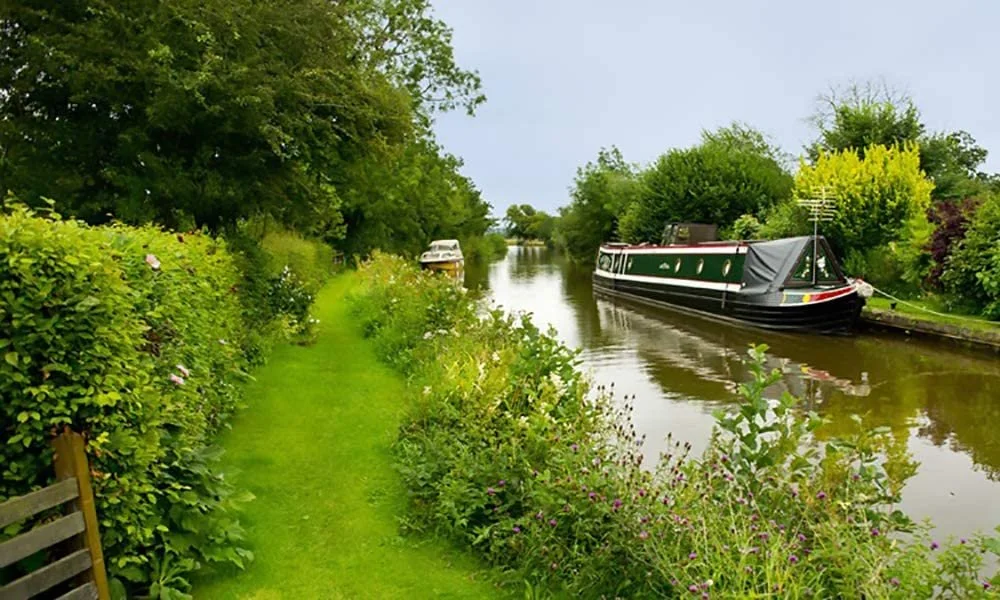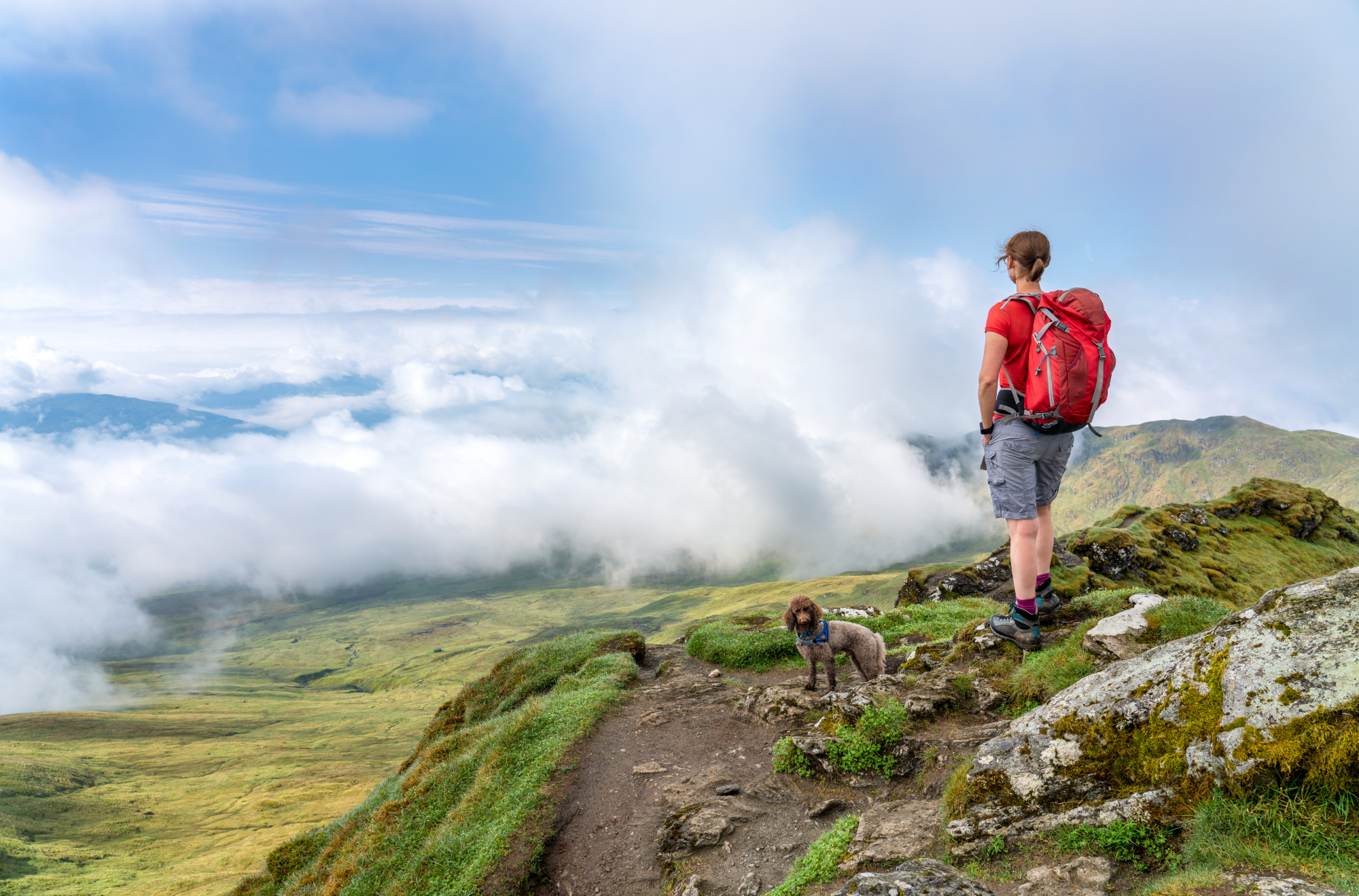The latest wave of Scotland’s People and Nature survey launches this spring, providing updated insights on how the population is engaging with, protecting and benefitting from nature
In December we were delighted to be commissioned by NatureScot to undertake the latest wave of their Scotland’s People and Nature Survey (SPANS).
Scotland’s People and Nature Survey will measure how people living in Scotland use, enjoy and value the natural environment. It will cover a wide array of topics, ranging from the details of visits taken to the outdoors for recreation (from local greenspaces to National Parks) and the health and wellbeing benefits gained from time in nature to the day to day actions we take to protect nature.
We’re especially pleased to be working on the new SPANS contract given our previous long history working with NatureScot and (their predecessor) Scottish Natural Heritage on surveys measuring how Scots engage with nature. Indeed, our experience dates back to before 2003 when (as young researchers working for System Three!) we worked with SNH to develop the Scottish Recreation Survey. The Scottish Recreation Survey ran continuously for 10 years before relaunching as SPANS in 2013 and collecting insights right up until the first Covid 19 lockdown began in March 2020.
With a large annual sample size (12,000), invaluable data on how the Scottish population engage with nature were collected over this period. Trends recorded included an overall growth in the volume of visits taken for outdoor recreation - especially visits involving time in close to home, urban greenspaces and an increasing share of visits motivated by health and wellbeing.
We found that these trends accelerated during the 2020 and 2021 periods of Covid 19 lockdown when NatureScot commissioned 56 Degree Insight to undertake three waves of research to measure how the population was behaving and feeling during the pandemic. This research showed how during these difficult times many of us increased our frequency of visits to local outdoor places such as parks and path networks, relying upon these vital places as somewhere to escape to exercise, unwind, reconnect with nature and spend time with family and friends.
The 2023/24 Scotland’s People and Nature Survey will involve 12,000 online interviews undertaken between April 2023 and March 2024 providing updated insights on how the population is engaging with, caring for and benefitting from nature.
Look out for more updates on progress and results as they are published here or visit NatureScots’ measuring participation webpage here








